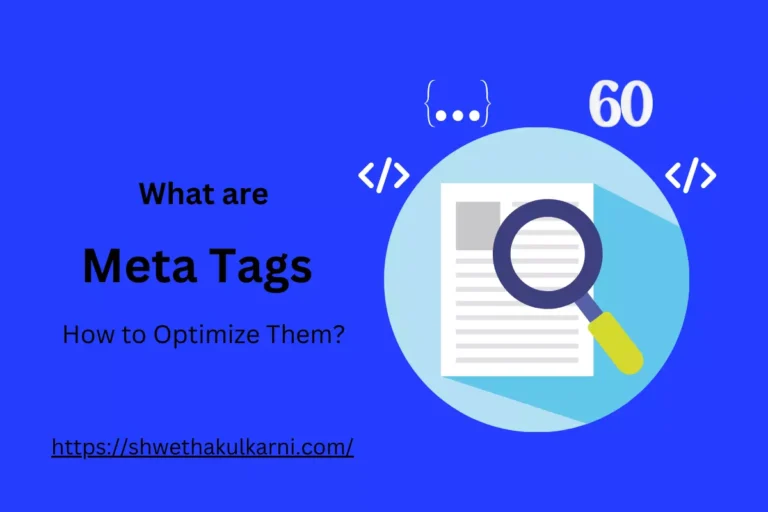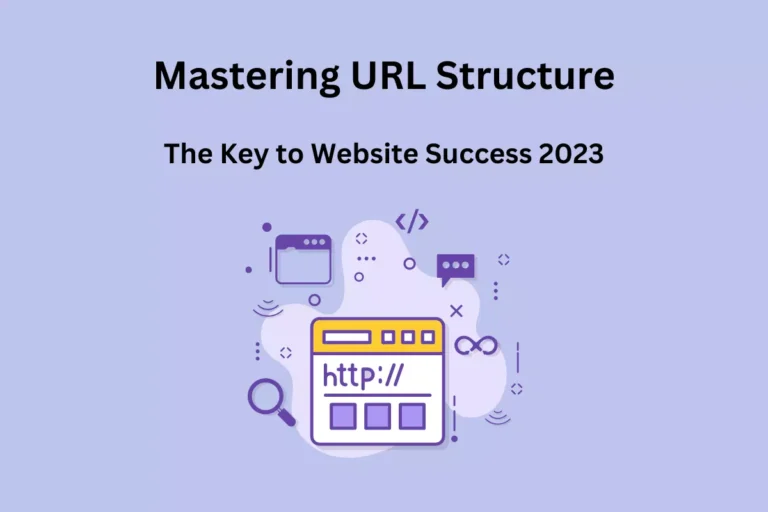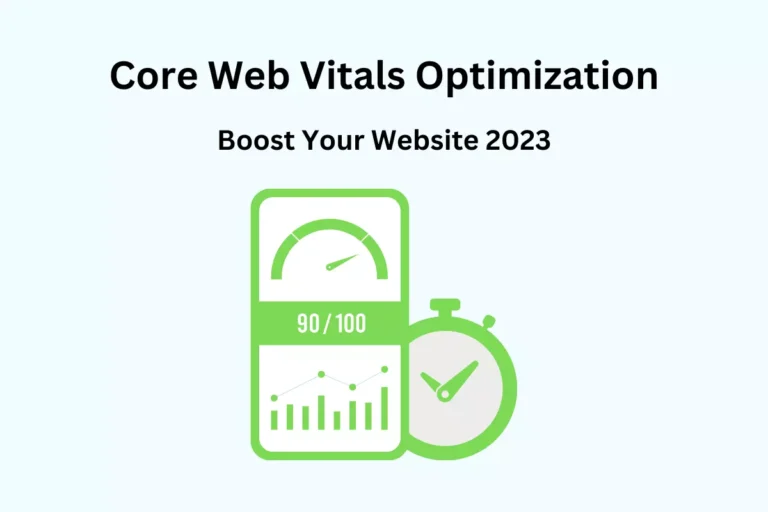In today’s digital landscape, search engine optimization (SEO) plays a vital role in determining the visibility and success of a website.
While text-based content is essential for SEO, images also have a significant impact on a website’s performance in search engine rankings.
Image optimization is a crucial aspect of SEO that involves optimizing images to enhance user experience, improve website loading speed, and increase organic traffic.
In this article, let’s explore the best practices for image optimization, popular plugins and tools available for the task, as well as some valuable tips to maximize the impact of image optimization in SEO.

Best Practices for Image Optimization:
When it comes to image optimization in SEO, following best practices ensures that your images contribute positively to your website’s search engine visibility.
Here are some key best practices to consider:
1. Use Relevant and High-Quality Images
Using relevant and high-quality images is crucial for both user experience and SEO.
Images should align with the content they accompany and provide value to the reader.
Additionally, using high-resolution images ensures that they appear crisp and clear on various devices.
2. Compress Images Without Compromising Quality
Large image files can significantly impact website loading speed.
To overcome this, it’s important to compress images without compromising their quality.
Several image compression tools, such as TinyPNG and ImageOptim, can help reduce file sizes while maintaining visual integrity.
3. Optimize Image File Names
Descriptive file names can contribute to better SEO.
Instead of using generic names like “image123.jpg,” consider using descriptive names that include relevant keywords.
For example, “beach-sunset-landscape.jpg” provides more context to search engines and improves the chances of ranking for relevant keywords.
4. Utilize Alt Text
Alt text (alternative text) is a valuable attribute that provides a text description of an image.
It is essential for accessibility and also helps search engines understand the image’s content.
When adding alt text, aim for concise and descriptive phrases that accurately represent the image.
5. Add Captions and Image Titles
Captions and image titles not only enhance user experience but also offer opportunities for keyword optimization.
Including relevant keywords in captions and titles can improve the visibility of your images in search engine results.
6. Implement Structured Data Markup
Structured data markup, such as Schema.org’s ImageObject, enables search engines to better understand the content and context of images on your website.
Implementing structured data markup for images can lead to enhanced search results, including rich snippets and image carousels.
By following these best practices, you can optimize your images for SEO and improve your website’s performance in search engine rankings.
Remember to use relevant and high-quality images, compress files without compromising quality, optimize file names and alt text, and leverage structured data markup.
Proper image optimization will contribute to a better user experience and increase the likelihood of attracting organic traffic to your website.
Image Optimization Plugins
Image optimization plugins are valuable tools that simplify the process of optimizing images for your website.
These plugins integrate seamlessly with popular content management systems (CMS) like WordPress, allowing you to automate image compression, resizing, and other optimization tasks.
To read my article on how to install a plugin
Now Let’s explore some of the top image optimization plugins available:
1. WP Smush
Overview: WP Smush is a popular and user-friendly image optimization plugin for WordPress.
It automatically optimizes images as you upload them to your media library, reducing their file size without compromising quality.

Key Features:
- Bulk Optimization: WP Smush allows you to optimize multiple images in your media library in one go, saving you time and effort.
- Lossless Compression: The plugin employs advanced compression algorithms to reduce image file sizes while preserving their quality.
- Image Resizing: WP Smush can automatically resize oversized images, ensuring they fit perfectly within your website’s design.
- Lazy Loading: This feature helps improve page loading times by deferring the loading of images until they come into the viewport.
2. EWWW Image Optimizer
Overview: EWWW Image Optimizer is another popular choice for image optimization in WordPress.
It offers both lossy and lossless compression options to reduce image file sizes and improve your website’s performance.

Key Features:
- Seamless Integration: EWWW Image Optimizer integrates with WordPress and optimizes images automatically upon upload.
- Compression Options: The plugin provides flexibility by offering both lossy and lossless compression methods, allowing you to choose the optimal balance between file size reduction and image quality.
- WebP Conversion: EWWW Image Optimizer can convert images to the modern WebP format, which further reduces file sizes and enhances website loading speed.
- Media Library Optimization: You can optimize images already present in your media library using EWWW Image Optimizer’s bulk optimization feature.
3. ShortPixel
Overview: ShortPixel is a versatile image optimization plugin compatible with multiple CMS platforms, including WordPress, Joomla, and Shopify.
It offers a range of optimization options to enhance your website’s performance.

Key Features:
- Automatic Compression: ShortPixel automatically compresses and optimizes images upon upload, ensuring your website remains optimized without manual intervention.
- Multiple Compression Types: The plugin supports both lossy and lossless compression, allowing you to choose the best option based on your requirements.
- PDF Compression: ShortPixel can also optimize PDF files, making it a comprehensive solution for image and document optimization.
- Integration with Third-Party Plugins: ShortPixel integrates with popular plugins like WooCommerce and NextGEN Gallery, enabling seamless optimization for e-commerce stores and galleries.
4. Imagify
Overview: Imagify is a user-friendly image optimization plugin for WordPress that focuses on simplicity and efficiency.
It provides hassle-free optimization options to enhance your website’s speed and performance.

Key Features:
- Easy Setup: Imagify offers a straightforward setup process, allowing you to quickly optimize images without technical complexities.
- Bulk Optimization: You can optimize existing images in your media library using Imagify’s bulk optimization feature, saving time and effort.
- Three Compression Modes: The plugin provides three compression levels—Normal, Aggressive, and Ultra—giving you control over the balance between image quality and file size reduction.
- WebP Conversion: Imagify can also convert images to WebP format, which offers superior compression and faster loading times.
Choose the image optimization plugin that best suits your needs and CMS platform.
These plugins simplify the image optimization process, ensuring your website loads quickly and delivers an exceptional user experience.
Image Optimization Tools
In addition to plugins, several standalone image optimization tools are available that can be used independently or alongside CMS platforms.
These tools offer advanced features and customization options for optimizing images.
Let’s explore a few popular image optimization tools:
1. Adobe Photoshop
Adobe Photoshop is a powerful image editing software widely used by professionals.
It offers various optimization features, such as image compression, resizing, and format conversion.
Photoshop allows precise control over image quality, file size, and metadata, making it an excellent choice for in-depth image optimization.

2. ImageOptim
ImageOptim is a free and user-friendly image optimization tool available for macOS.
It supports various image formats and employs advanced compression techniques to reduce file sizes while maintaining visual quality.
With ImageOptim, you can optimize images without compromising on the overall user experience.

3. Kraken.io
Kraken.io is a web-based image optimization tool that offers both lossy and lossless compression options.
It supports batch optimization and provides an API for seamless integration into your existing workflow.
Kraken.io also offers additional features like resizing, cropping, and converting images to different formats.

4. TinyPNG
TinyPNG is a popular online image compression tool that specializes in reducing the file size of PNG and JPEG images.
It uses smart lossy compression techniques to minimize file size without noticeable quality loss.
TinyPNG also offers a WordPress plugin for convenient optimization within the CMS.
These image optimization tools provide valuable features and flexibility for optimizing images according to your specific needs.

Whether you’re a professional designer or a website owner, utilizing these tools can help enhance the performance and user experience of your website by reducing image file sizes and optimizing visual quality.
Image Optimization Tips
While following best practices and utilizing plugins or tools, there are additional tips that can further enhance your image optimization efforts. Consider the following tips to maximize the impact of image optimization in SEO:
- Use responsive images: Ensure that your images are responsive and adapt to different screen sizes and resolutions. This improves the user experience on mobile devices and contributes to better SEO.
- Use appropriate image formats: Choose the correct image format based on the image content and context. JPEG is ideal for photographs and complex images, while PNG works well for graphics and images with transparency.
- Specify image dimensions: Always specify the width and height attributes for your images in HTML. This helps browsers allocate the required space for the image before it fully loads, leading to faster page rendering.
- Best image size for SEO: One of the fundamental considerations in image optimization is finding the optimal size. Large images can slow down page loading speed, affecting user experience and search engine rankings. It is recommended to strike a balance between image quality and file size. Compressing images without compromising quality can be achieved using various tools like TinyPNG, JPEG Optimizer, or plugins such as Smush and EWWW Image Optimizer.
- Leverage lazy loading: Implement lazy loading techniques to defer the loading of images that are not initially visible on the screen. This reduces initial page load times and improves perceived performance.
- Optimize thumbnails and thumbnails gallery: If your website utilizes thumbnails or thumbnail galleries, ensure they are optimized for faster loading. Use appropriate sizes and compression techniques to maintain a balance between visual quality and performance.
- Consider a content delivery network (CDN): Utilizing a CDN can significantly improve image loading times by delivering content from servers closer to the user’s geographical location. This reduces latency and enhances overall website performance.
FAQs about Image Optimization in SEO
Does image optimization affect SEO?
Yes, image optimization plays a crucial role in SEO. Optimized images contribute to better user experience, faster loading times, and improved search engine visibility.
How do image optimization plugins work?
Image optimization plugins automatically compress and optimize images by reducing file size without compromising quality. They often offer additional features like resizing and bulk optimization.
Can image file names impact SEO?
Yes, using descriptive image file names that include relevant keywords can positively impact SEO. It provides context to search engines and improves the chances of ranking for relevant queries.
What is the purpose of alt text in image optimization?
Alt text provides a textual description of an image. It is crucial for accessibility and helps search engines understand the image’s content when it cannot be displayed or loaded properly. Including relevant keywords in alt text can also improve SEO.
Should I use a CDN for image optimization?
Utilizing a Content Delivery Network (CDN) can significantly improve image loading times by delivering content from servers closer to the user’s geographical location. This reduces latency and enhances overall website performance, including image optimization.
How can I measure the impact of image optimization on my website’s performance?
You can use tools like Google PageSpeed Insights or GTmetrix to analyze your website’s performance and receive recommendations for image optimization. These tools provide insights into loading times, file sizes, and suggestions for improvement.
Conclusion
Image optimization is a crucial aspect of SEO that should not be overlooked.
By following best practices, utilizing plugins or tools, and implementing optimization tips, you can enhance the user experience, improve website performance, and boost your search engine rankings.
Remember to use relevant and high-quality images, compress files without sacrificing quality, optimize file names and alt text, and leverage plugins or tools for automation.
With the right approach to image optimization in SEO, you can increase organic traffic and achieve better visibility for your website.
Now I would love to hear from you.
Make yourself known by leaving a comment here. I look forward to your response and welcome any other ideas as they emerge!
As a digital marketing consultant, My ultimate goal is to empower businesses to thrive in the digital landscape.
I believes that a well-executed digital strategy can transform a company’s online presence, drive growth, and create meaningful connections with target audience.
To Know More Click Here!







